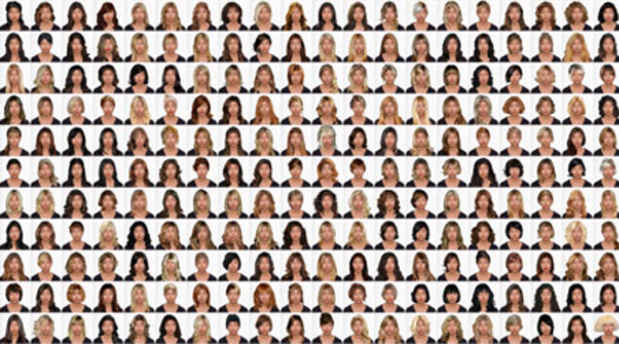"People as Places as People" Exhibition
Crossing Art

This event has ended.
Crossing Art presents People as Places as People, an exhibition that examines the relationships of subjective experience to physical space and its role in defining both personal and place identity. People as Places as People includes work by Hee Jung Cho, Yoon Cho and Bang Geul Han. Pulling from subjective experience each of the artists explore the notion of place identity by questioning how “place” is defined not simply by its physical attributes or spatial perspectives but in relation to the personal and public experiences that a “place” sustains. Place identity, a common term in discussions about urban environments, planning, design, and architecture, defines a space’s character through its inherent organization, systems, culture and physical make-up. In 1976, humanistic geographer Edward Relph described a model in which to research place identity through what he termed the “phenomenology of place”. Specifically, “for Relph, the unique quality of place is its power to order and to focus human intentions, experiences, and actions spatially. Relph thus sees space and place as dialectically structured in human environmental experience, since our understanding of space is related to the places we inhabit, which in turn derive meaning from their spatial context.” * Through the lens of this model for understanding “place” (and within the context of this exhibition) the works on view reveal the relationships between the physical and psychological characteristics of “place” and its role in informing personal and place identity.
Hee Jung Cho’s work explores notions of home and domesticity by re-constructing “maps of memory”. She explains that within her work she, “draws and builds fictive spaces as a way to situate [herself] in ephemeral reality.” Repetitious behaviors and banal habits are instructed by domestic spaces and the passing of time in everyday life. Cho’s wood relief paintings are interplays of the façade of buildings and their subsequent interiors. The content, existing on the same plane, as well as the shifts in scale and perspective, create juxtapositions between opposites; inside/outside, public/private, and near/far. Furthermore, Cho’s “Laundromat Series”, draws specific attention to these existing paradoxes that the laundromat as a “place” creates. The laundromat is a public meeting place in which people expose private items in the public realm.
Yoon Cho’s Blurring photo series are diptychs depicting individuals, couples or families in front of their respective homes. The first picture is taken as the subjects prepare to have their photo taken in front of their homes. The second picture is taken of the subjects posing in front of their homes with their faces blurred out. Through comparison, Cho reveals that subjects unaware of the camera act one way and aware of the camera another, each act informing the subject’s identity. By photographing her subjects in front of their homes Cho infiltrates further into the subjects identity, or lack thereof as the homes bear a striking resemblance to each other, as home is typically a “place” in which one identifies with. Cho’s subjects are a diverse range of ages, genders, races or sexual orientations revealing the universality of the shifting identity. Cho explains that “the blurred faces of the subjects shows the unsettled transitional state of losing one persona and creating a new one.” The blurred faces put the permanent or fixed identity of “the posed” identity to an end.
Meandering in and out of different media, Bang Geul Han’s work straddles an interwoven space of the public and private. Her sources range from conversations, memories and dreams to history, newspapers and systems. Han’s work “Untitled” consists of a collage installation of cut-out images reflecting a diverse group of subjects that she has appropriated from her video, “Untitled (Guggenheim)” also on view. By removing the environmental context of the “place” where the subjects originated and realigning them, Han creates a new “place” in which they exist and are connected. Han has re-organized the subjects from their original chronological appearance in the video into a linear formation of smallest to largest. Also on view is Han’s “Taaz”, wallpaper made up of 1200 digital make-overs of the artist that were compiled using the website taaz.com. The medium of the wall-paper makes reference to notions of ‘home’ and/or ‘place’ as wall-paper is usually found within enclosed spaces in which people work or live. Adorning a wall with repeated compilations of 1200 made-over versions of herself she evokes both identity informed by place or the reverse, place informed by identity. Han explains that her work “functions both as a performance mapping out the subjective space permeated with anxieties and desires and as an interface shimmering between public declaration and internal dialogue,” revealing, “intimate moments refracted and translated through the expectations and codes of public space.”
Media
Schedule
from February 03, 2011 to February 20, 2011
Opening Reception on 2011-02-05 from 15:00 to 18:00